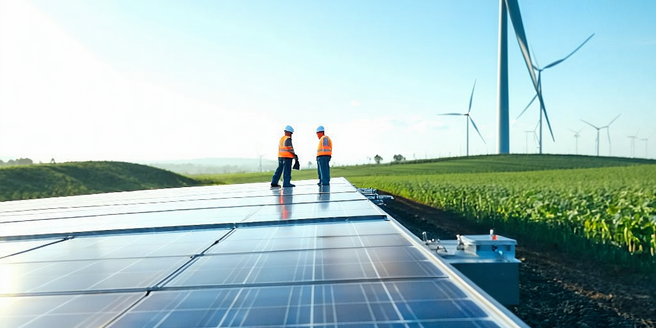Eco-friendly Laptops For Conscious Buyers

Understanding the Importance of Eco-friendly Tech
As technology consumption increases globally, its environmental footprint becomes a critical consideration. Eco-friendly tech aims to reduce pollution and conserve resources by utilizing sustainable materials and manufacturing processes. Sustainable electronics prioritize energy efficiency and recyclability, reducing electronic waste that often ends up in landfills. Understanding these impacts is crucial for consumers who wish to minimize their ecological footprint. By choosing eco-friendly devices, buyers support industries dedicated to environmental stewardship. The demand for greener technology options pressures tech companies to adopt cleaner practices. Recognizing how our tech choices affect the planet, can significantly contribute to mitigating environmental harm.
Key Features of Sustainable Laptops
Sustainable laptops are designed with efficiency and environmental impact in mind. Key features include energy-efficient processors and displays that consume less power, prolonging battery life and reducing electricity use. Many models incorporate recycled or sustainably sourced materials, aiming to minimize resource depletion. Modular designs enable easier repairs and upgrades, significantly extending the device’s life span and reducing waste. An increased consumer demand for eco-conscious products is driving innovation in this sector. Eco-friendly laptops also prioritize responsible manufacturing processes and packaging, often eliminating harmful substances like mercury and PVC. These features not only reduce the carbon footprint but also set a precedent for more sustainable tech development.
Top Eco-friendly Laptop Brands and Models
Several brands have emerged as leaders in the production of eco-friendly laptops, paving the way for greener technology. Companies like Dell, HP, and Apple have committed to sustainability through the use of recycled materials and energy-efficient designs. Their efforts have sparked positive changes in the industry, encouraging other companies to follow suit. Dell’s Latitude line, HP’s Elite Dragonfly, and Apple’s MacBook Air, all emphasize sustainable manufacturing, long-lasting performance, and environmental sensitivity. Google’s Pixelbook also shares these values, making it another popular choice among conscious buyers. These brands offer robust machines that do not compromise on power or functionality while maintaining a commitment to eco-responsibility.
Evaluating the Environmental Impact of Electronics
Assessing the environmental impact of electronics requires considering the full lifecycle of devices, from production to disposal. The manufacturing process significantly impacts global CO2 emissions and resource consumption. It involves the extraction of raw materials and use of energy-intensive processes. Moreover, transportation of these devices across the globe adds more carbon footprint. Post-consumer use, many electronics are improperly disposed of, leading to pollution and harm to wildlife. Effective evaluation includes analyzing energy efficiency, longevity, and the ability to recycle components. Embracing eco-label certifications can help consumers identify products with reduced environmental impact, guiding them towards more sustainable technology choices.
Balancing Performance and Eco-consciousness
In the past, opting for eco-friendly technology often meant sacrificing performance, but today’s advancements have altered this narrative. Many sustainable laptops now offer high performance specifications alongside their eco-benefits. Consumers can enjoy powerful processing speeds and graphic capabilities without compromising environmental values. This shift is a testament to the growing demand for technology that respects both consumer needs and our planet. Finding a balance entails prioritizing long-term device efficiency over short-term gains. Sustainable laptops achieve this balance by innovating designs and materials that meet demanding technological needs while reducing ecological harm. Performance is no longer exclusive to high energy-consuming models, as the market now accommodates sustainable, high-performing options.
Tips for Making an Informed Eco-friendly Purchase
Making an eco-friendly purchase requires consumers to evaluate their choices carefully. Start by researching brands that emphasize environmental responsibility and transparency in sourcing. Looking for certifications like Energy Star or EPEAT helps identify products with less environmental impact. Consider durability and upgradeability, as longer-lasting devices reduce electronic waste. Check packaging for recycled materials and minimal plastic use. Additionally, investigate the company’s commitment to reducing its carbon footprint. Reading customer reviews can also provide insights into a product’s actual environmental impact. Make choices based on lifecycle assessments, considering manufacturing processes, material sourcing, and end-of-life recyclability. Mindful purchasing decisions can collectively shift the tech industry toward greener practices.